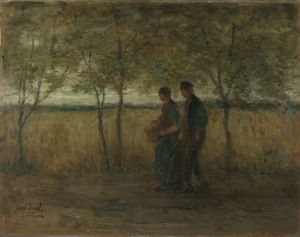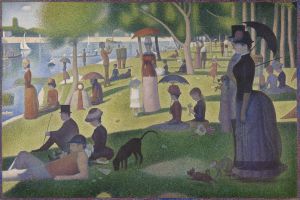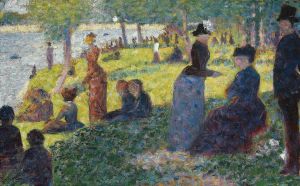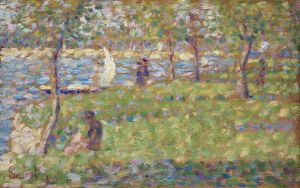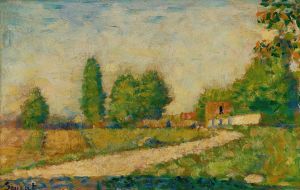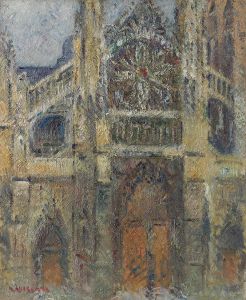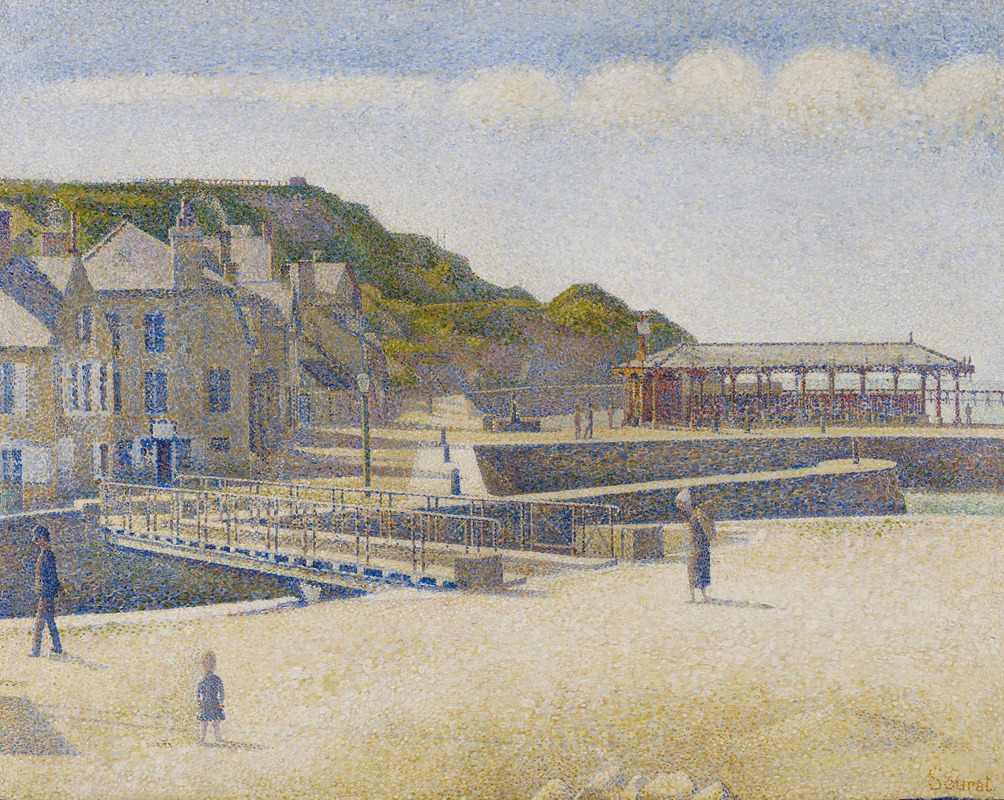
Port-en-Bessin
A hand-painted replica of Georges Seurat’s masterpiece Port-en-Bessin, meticulously crafted by professional artists to capture the true essence of the original. Each piece is created with museum-quality canvas and rare mineral pigments, carefully painted by experienced artists with delicate brushstrokes and rich, layered colors to perfectly recreate the texture of the original artwork. Unlike machine-printed reproductions, this hand-painted version brings the painting to life, infused with the artist’s emotions and skill in every stroke. Whether for personal collection or home decoration, it instantly elevates the artistic atmosphere of any space.
Georges Seurat, a pioneering French post-Impressionist artist, is renowned for his innovative painting techniques and contributions to the development of the Pointillism movement. One of his notable works is "Port-en-Bessin," which captures the essence of the small fishing village located on the Normandy coast of France. This painting is a testament to Seurat's meticulous approach to capturing light and atmosphere through the use of small, distinct dots of color.
Seurat painted "Port-en-Bessin" in 1888, during a period when he was deeply engaged in exploring the effects of color and light. The painting depicts the harbor of Port-en-Bessin, a quaint and picturesque village that provided Seurat with a serene and inspiring landscape. The composition is characterized by its calm waters, boats, and the surrounding architecture, all rendered with Seurat's signature technique of Pointillism. This method involves applying small dots of pure color to the canvas, which, when viewed from a distance, blend together to form a cohesive image. This technique was revolutionary at the time and demonstrated Seurat's scientific approach to art, influenced by contemporary theories of optics and color.
The painting reflects Seurat's interest in the interplay of light and shadow, as well as his ability to capture the transient effects of sunlight on the water and buildings. The use of Pointillism in "Port-en-Bessin" allows for a vibrant and dynamic representation of the scene, with the colors appearing to shimmer and shift as the viewer's perspective changes. This effect is achieved through the careful placement of complementary colors next to each other, enhancing the luminosity and depth of the painting.
"Port-en-Bessin" is part of a series of works that Seurat created during his visits to the Normandy coast. These paintings are significant in that they mark a departure from his earlier urban scenes, focusing instead on the natural beauty and tranquility of the coastal environment. This shift in subject matter reflects Seurat's desire to explore new themes and settings, while still employing his innovative techniques.
Seurat's work, including "Port-en-Bessin," had a profound impact on the art world, influencing a generation of artists who followed him. His approach to color and form laid the groundwork for future movements, such as Fauvism and Cubism, and his dedication to exploring the scientific aspects of art set him apart from his contemporaries. Today, "Port-en-Bessin" is celebrated as a masterpiece of Pointillism and a testament to Seurat's artistic vision and technical prowess.
The painting is housed in various collections and exhibitions, allowing art enthusiasts and scholars to appreciate Seurat's contribution to the evolution of modern art. Through "Port-en-Bessin," viewers can experience the serene beauty of the Normandy coast as seen through the eyes of one of the most innovative artists of the 19th century.






